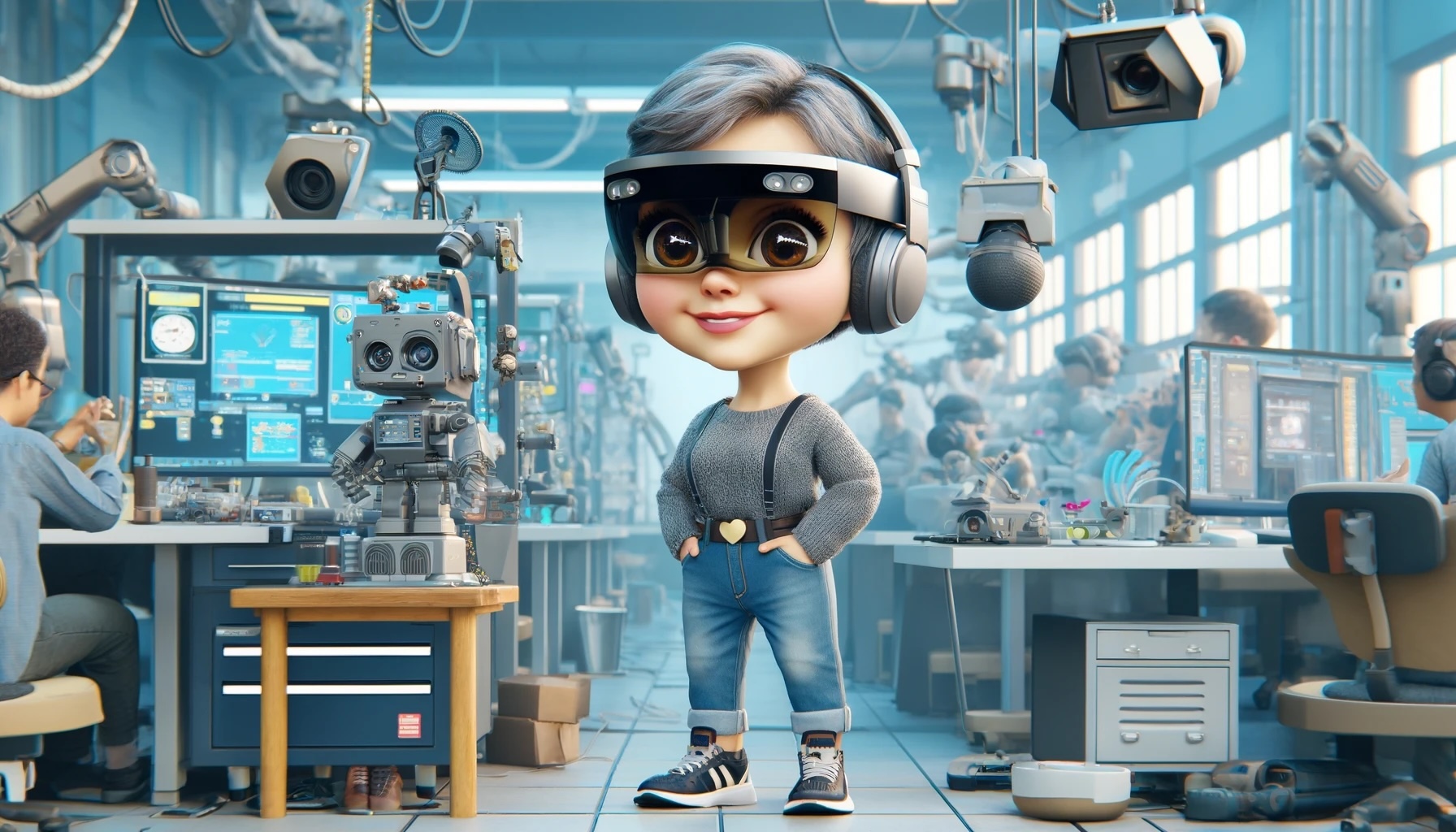
Education
PhD in Information Technologies (2001)
Department of Information Engineering, University of Parma, IT
Thesis: Parallel Motion Planning through Potential Fields
Laurea Degree (MEng) in Electronic Engineering (1997)
Faculty of Engineering, University of Parma, IT
Thesis: Design of a reconfigurable software architecture for real-time control of a robotic manipulator
Experiences
Associate Professor of Computer Engineering (2018 - Ongoing)
Dept. of Management and Engineering, University of Padua, IT
Assistant Professor of Computer Engineering (2007-2018)
Dept. of Management and Engineering, University of Padua, IT
Visiting Researcher (2014)
Griffith Health Institute, Griffith University, Gold Coast, Australia
Visiting Researcher (2012)
Dept. of Neurorehabilitation Engineering, Univ. Medical Center, Göttingen, DE
Visiting Researcher (2010)
School of Sport Science, Exercise and Health, Univ. Western Australia (UWA), AU
Visiting Professor (2007)
Dept. of Computer Science, Univ. of Applied Sciences Bonn-Rhein-Sieg, DE
Research Fellow (2006-2007)
Dept. of Computer Science. University of Verona, IT
Research Fellow (2001-2005)
Dept. of Information Engineering, University of Parma, IT
Graduate Research Assistant (1999-2000)
Los Alamos National Laboratory (LANL), Los Alamos, New Mexico, USA
Brief Summary of My Research
My research interests lie at the intersections of robotics, biomechanics, machine learning, and software development. My primary goal is to enhance human-robot interaction, particularly in rehabilitation and assistive technologies, by contributing with software in developing systems that can adapt to and predict human movements.
Throughout my career, I have focused on integrating advanced neuromusculoskeletal models with wearable robotics. I explore how these models can improve both industrial and healthcare applications, particularly in enhancing mobility for individuals with disabilities with the objective that “no one is left behind”. My work is driven by a multidisciplinary approach that leverages biomechanics, machine learning, and robotics to solve complex challenges in human-machine collaboration.
One of my significant contributions has been in the field of wearable robotics, particularly through projects like BioMot, where we developed robots that utilize bioinspired sensory-motor skills. These robots are designed to improve human mobility by dynamically adapting to the user’s movements in real-time. Additionally, my work on software for pose detection provides accurate, real-time data for these systems, further enhancing their responsiveness and effectiveness.
In addition to my work in wearable robotics, I am also deeply involved in studying how machine learning can be applied to biomedical applications, enabling robots to be more responsive and adaptive to human needs. My research also extends to human-robot interaction in industrial contexts, where the goal is to improve collaboration and efficiency between human workers and robotic systems.
A key area of my recent research is focused on human anticipation in robotics, where we use deep learning techniques to enable robots to predict and adapt to human actions before they occur. This anticipatory approach allows for smoother, more intuitive interactions between humans and robots, particularly in complex, real-world environments.
My research interests include(d):
- Biomechanics and Neuromusculoskeletal Modeling: I worked on developing detailed models of human movement that can be integrated into robotic systems to enhance their functionality.
- Wearable Robotics and Rehabilitation Engineering: I am passionate about creating software to support assistive devices that can significantly improve the quality of life for people with physical impairments.
- Human-Robot Interaction: My work seeks to make robots more intuitive and capable of working alongside humans in both industrial and medical environments.
- Machine Learning in Industrial and Rehabilitation Applications: I explore how AI can be used to improve the precision and adaptability of robotic systems, making them more effective in various real-world applications.
- Software Development for Pose Detection: I contributed to develop software tools that accurately detect and analyze human poses, providing critical data for improving the performance of robotic systems.
I believe that the future of robotics lies in creating systems that can seamlessly integrate with human life, making tasks easier and improving overall well-being. My work aims to push the boundaries of what is possible in human-robot collaboration, and I am excited to continue exploring new frontiers in this field.
For more detailed information on my research and publications, you can visit my publications page.